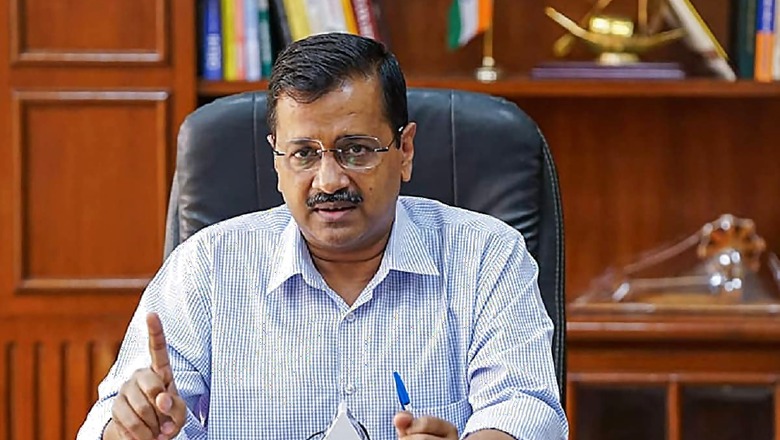
views
Chief Minister Arvind Kejriwal on Tuesday said state governments should stop blaming each other and work together to find a solution to the issue of stubble burning, one of the major reasons for the yearly problem of poor air in Delhi-NCR during winters. Kejriwal said while farmers of neighbouring states and people of Delhi are bearing the brunt of stubble burning, governments have shut their eyes.
“State governments should stop blaming each other. We have to work together to find a solution to the issue All agencies and governments need to take it seriously now,” he told reporters in Hiranki village in Narela where the spraying of Pusa bio-decomposer solution started on Tuesday. The solution, experts say, can turn the stubble into manure in 15 to 20 days and therefore, can prevent stubble burning.
“I am worried about farm fires in neighbouring states. The smoke has started affecting Delhi’s air quality air pollution was under control for the last 10 months, but it has started increasing again,” the chief minister said.
“Imagine the impact of stubble burning on the families of farmers who have no option but to burn the crop residue. Farmers don’t burn it willfully,” he said.
“While the farmers of neighbouring states and the people of Delhi are bearing the brunt of stubble burning, governments have shut their eyes. I hope that they take concrete steps so that the entire north India gets rid of high levels of air pollution,” he said. The Pusa bio-decomposer is being sprayed free of cost in around 800 hectares of land in Delhi where non-basmati rice is grown.
The national capital’s air quality hit the very poor category on Tuesday morning, the first time since February, with calm winds and low temperatures allowing accumulation of pollutants. According to the Ministry of Earth Sciences’Air Quality Early Warning System for Delhi, an increase in farm fires in Punjab, Haryana and neighbouring regions of Pakistan is also going to impact the air quality in Delhi-NCR. The city recorded an air quality index (AQI) of 303 at 8:30 am, which falls in the very poor category. An AQI between 0 and 50 is considered ’good’, 51 and 100 ’satisfactory’, 101 and 200 ’moderate’, 201 and 300 ’poor’, 301 and 400 ’very poor’, and 401 and 500 ’severe’.
NASA’s satellite imagery showed a large cluster of fires near Amritsar and Firozpur in Punjab and Patiala, Ambala and Kaithal in Haryana. According to the System of Air Quality and Weather Forecasting and Research, farm fires contributed 3 percent particulate matter to Delhi’s PM2.5 concentration on Monday.
Read all the Latest News and Breaking News here



















Comments
0 comment